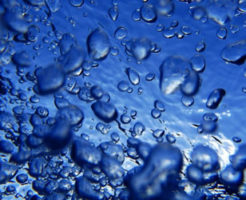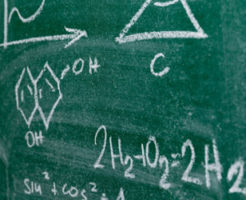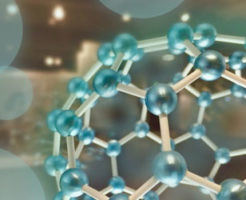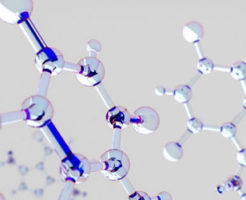
Claisen Condensation and Dieckmann Condensation: Decarboxylation, Choice of Base
One way to create a new carbon chain is through synthetic reactions using enolates. One of the organic chemical syntheses with enolates is Claisen condensation. In Claisen condensation, molecules with esters react with enolates. As a result, new carbonyl compounds can be obtained. When Claisen condensation occurs intramolecularly, it is called Dieckmann condensation (intramolecular Claisen […]








